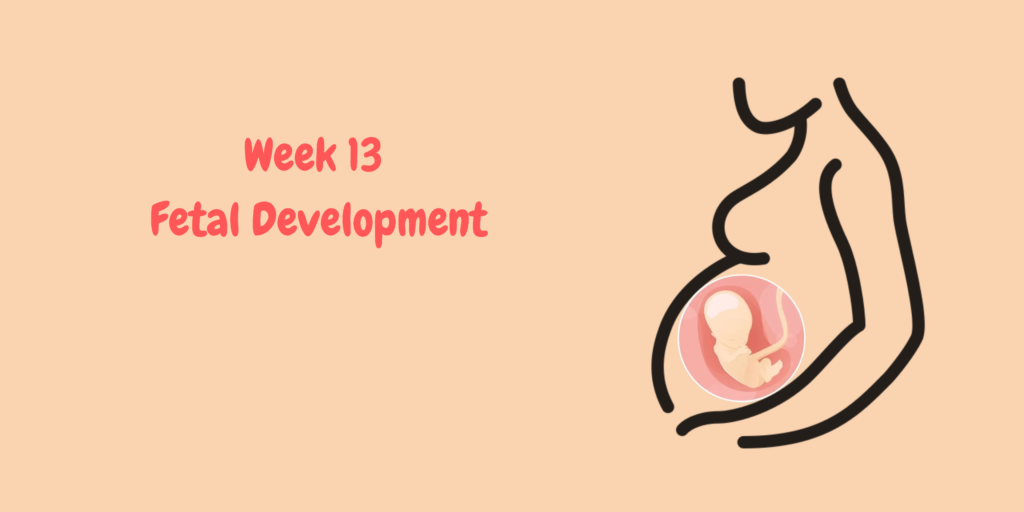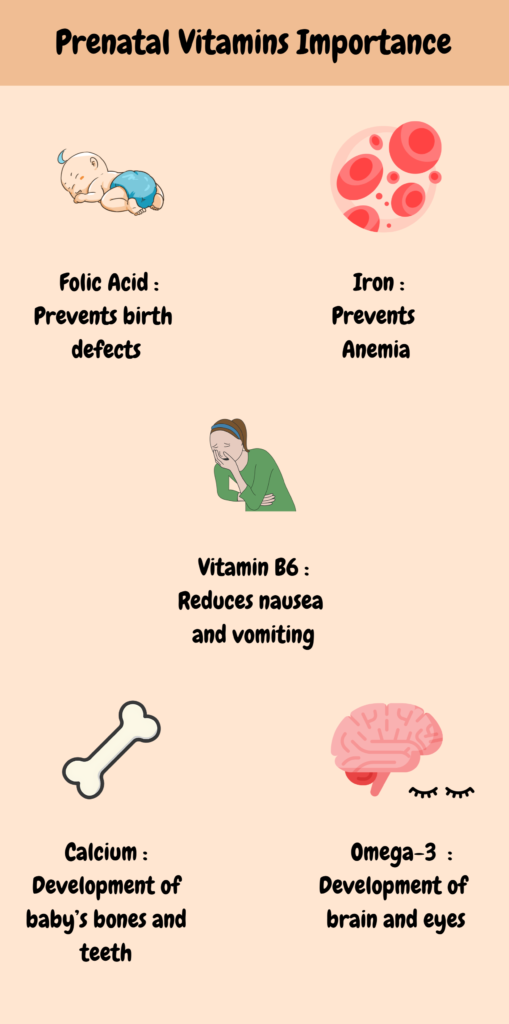3rd Month of Pregnancy (9-13 weeks)

The third month of pregnancy (9 to 13 weeks), marks significant growth and development for the fetus and a shift for the mother. Now you’ve almost made it to the second trimester. Many women experience a decrease in early pregnancy symptoms, such as nausea and fatigue, although emotional fluctuations may still be common. This is also a crucial time for establishing a healthy lifestyle, including a balanced diet, prenatal vitamins, and regular medical check-ups, as the body prepares for the changes of the second trimester.
On this page
1. Symptoms at 3 months Pregnant
At three months pregnant (weeks 9 to 13), many women experience a range of symptoms as their bodies continue to adjust to pregnancy. Common symptoms during this stage include:
- Reduced Nausea: For many, morning sickness starts to diminish by the end of the first trimester, although some women may still experience nausea or vomiting.
- Fatigue: While energy levels may improve, some women continue to feel tired due to hormonal changes and the body’s increased demands.
- Breast Changes: Breasts may remain tender and swollen, and the areolas may darken as hormonal changes continue.
- Frequent Urination: As the uterus expands, it can put pressure on the bladder, leading to increased urination.
- Mood Swings: Hormonal fluctuations can cause emotional changes, leading to mood swings or heightened emotions.
- Cravings or Aversions: Changes in appetite may result in cravings for certain foods or aversions to others.
- Bloating and Gas: Hormonal changes can slow digestion, leading to bloating and increased gas.
- Mild Cramping: Some women may experience mild cramping as the uterus expands, though severe pain should be reported to a healthcare provider.
- Skin Changes: Some women may notice changes in their skin, such as the “pregnancy glow” or darkening of certain areas.
- Increased vaginal discharge: Vaginal Discharge is increased in pregnancy. As long as it’s clear or milky-white and doesn’t smell, it shouldn’t be anything to worry about.
2. Fetal Development

During the third month of pregnancy, fetal development progresses significantly:
- Organ Development: Most major organs, including the heart, brain, kidneys, and liver, are fully formed and starting to function. The heart beats at a regular rate, and the kidneys begin producing urine.
- Facial Features: The face becomes more recognizable, with the formation of the nose, mouth, and ears. Eyelids cover the eyes, which will remain closed until around the 28th week.
- Limbs and Movement: The arms and legs continue to develop, and the fetus may start making small movements, though these are not yet felt by the mother.
- Skeleton Formation: Cartilage is forming into bone, and the fetal skeleton begins to harden.
- Genital Development: External genitalia begin to differentiate, but it may be too early to determine the sex via ultrasound.
- Nervous System: The brain continues to develop rapidly, with the formation of neural connections.
Overall, the third month marks a critical period of growth and development, laying the foundation for the fetus’s continued maturation in the upcoming months.
3. Baby Bump at 3 months Pregnant
During the first pregnancy, you may not visibly show baby bump until around 4 or 5 months, particularly for women with well-developed core muscles. However, if you are already showing at 3 months, that’s perfectly normal as well. Each woman’s body is unique, and belly size during pregnancy varies greatly among individuals. It’s essential to avoid comparing your belly size to that of other pregnant women.
4. Size and Weight of Baby
By the end of the third month of pregnancy (around week 13), the baby typically measures about 2.5 to 3 inches long (approximately 6 to 7.5 centimeters) and weighs around 0.5 to 1 ounce (about 14 to 28 grams). At this stage, the fetus is beginning to take on a more recognizable shape, with developing facial features and limbs, and significant growth occurs as vital organs continue to mature.
5. Prenatal Vitamins

During the third month of pregnancy, continuing to take prenatal vitamins is essential for the health of both the mother and the developing baby.
- Folic Acid: Critical for preventing neural tube defects, folic acid should be maintained at 400 to 800 micrograms daily.
- Iron: Increased blood volume during pregnancy requires more iron. Aim for 27 milligrams daily to help prevent anemia and support oxygen transport.
- Calcium: Important for the development of the baby’s bones and teeth, calcium intake should be around 1,000 milligrams daily.
- DHA: An omega-3 fatty acid that supports brain and eye development
- Vitamin D: Essential for calcium absorption and overall bone health, aim for 600 to 800 IU daily.
- B Vitamins: B6 and B12 support energy metabolism and the production of red blood cells.
It’s vital to consult with your healthcare provider to ensure you’re taking the right prenatal vitamin. Consistent use of prenatal vitamins helps ensure that both you and your baby receive the necessary nutrients for healthy growth and development.
6. Checklist for when you're 3 months Pregnant
Here’s a checklist for when you’re three months pregnant to help you stay organized and ensure you’re taking care of yourself and your baby:
- Ensure you have regular check-ups with your healthcare provider.
- Make sure you’re taking your vitamins daily, focusing on folic acid, iron, and calcium.
- Focus on whole foods, including fruits, vegetables, whole grains, lean proteins, and dairy.
- Drink plenty of water throughout the day.
- Stay away from alcohol, tobacco. Limit caffeine intake.
- Engage in moderate exercise, such as walking or prenatal yoga, as approved by your healthcare provider.
- Rest when you need to and adjust your activity level based on how you feel.
- Take time for relaxation, meditation, or activities you enjoy to help manage stress.
- Share your feelings and experiences with your partner or a support system.
- If your regular clothes feel tight, start looking for comfortable maternity wear.
- Consider any upcoming expenses related to pregnancy, childbirth, and baby care.
- If you haven’t already, begin setting aside funds for baby essentials and related expenses.
- Be mindful of activities that could pose risks, such as contact sports or heavy lifting.
- If traveling, discuss any travel plans with your healthcare provider for safety tips.
Using this checklist can help ensure that you’re taking the necessary steps for a healthy pregnancy while preparing for the exciting journey ahead.

